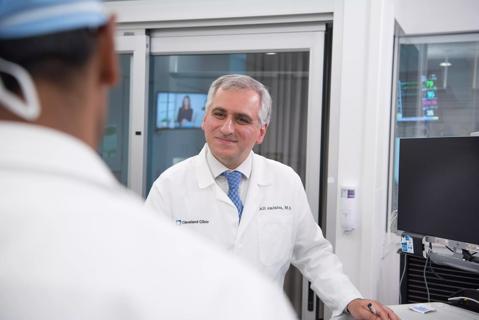
Largest, longest analysis to date shows greater weight loss and fewer diabetes medications needed
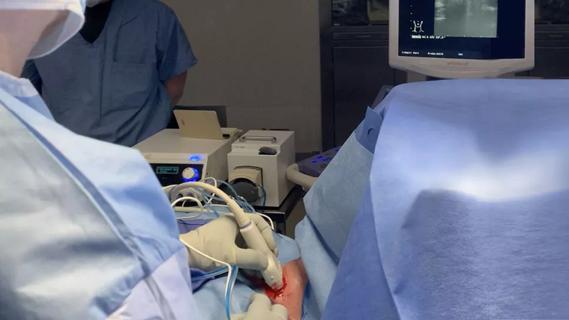
Radiofrequency ablation significantly reduces symptom severity, shrinks nodules
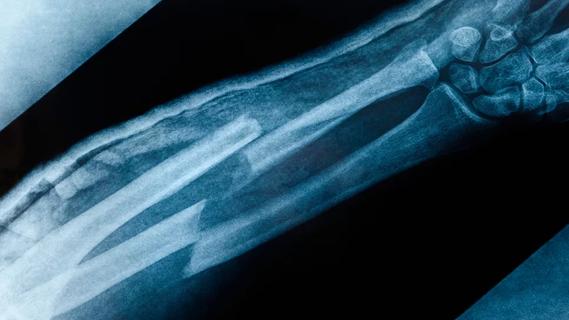
Surprise findings argue for caution about testosterone use in men at risk for fracture

Maternal-fetal medicine specialists, endocrinologists and educators team up
Cleveland Clinic is a non-profit academic medical center. Advertising on our site helps support our mission. We do not endorse non-Cleveland Clinic products or services. Policy

Giving young patients a hand as they take charge of their own health

Case illustrates how easily condition can mimic preeclampsia
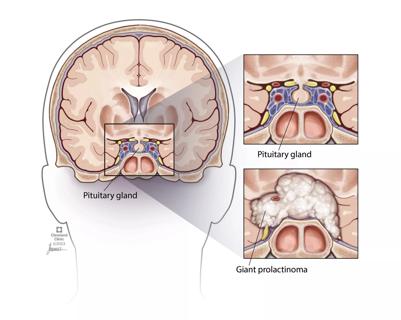
Analysis examines surgical resection of rare pituitary tumors
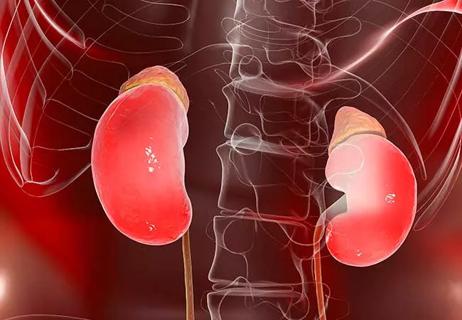
Screening and medication key to better outcomes
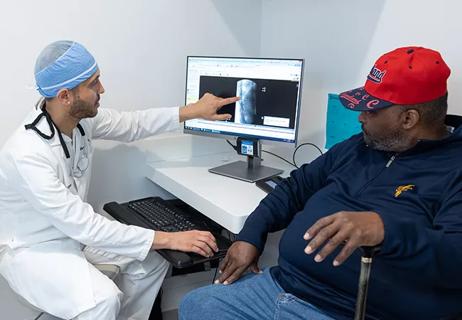
Spinal cord stimulation can help those who are optimized for success
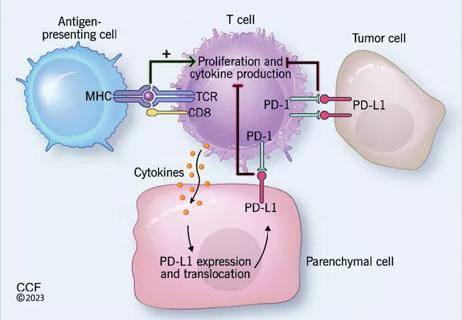
Incidence, outcomes and management